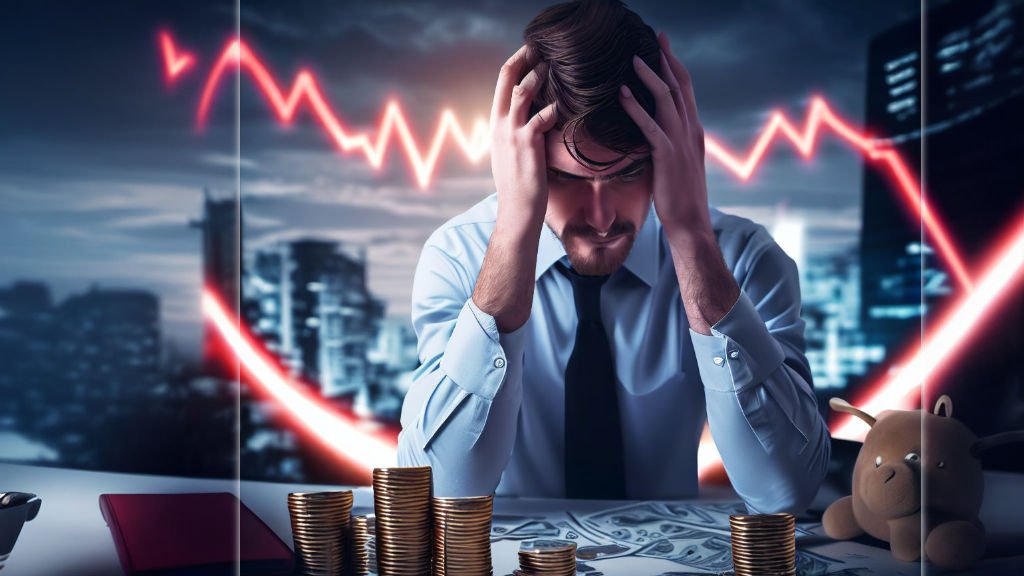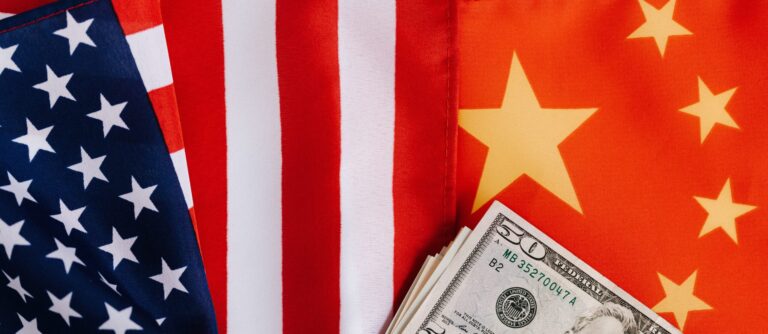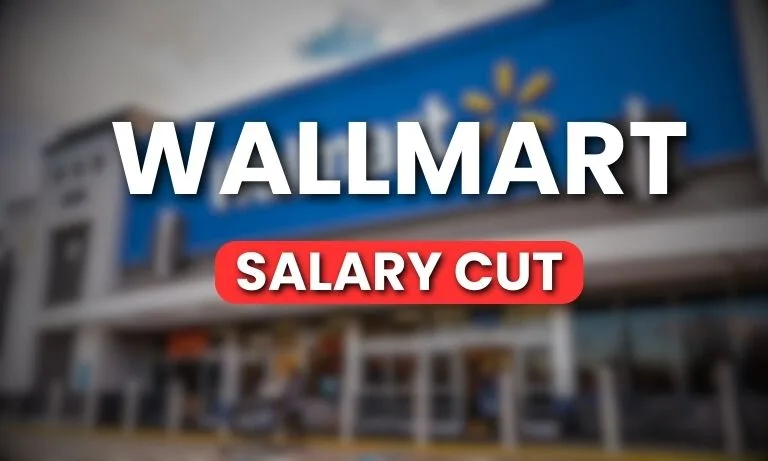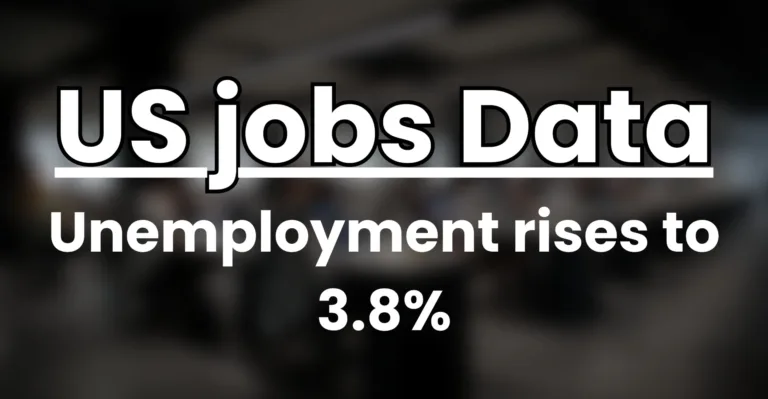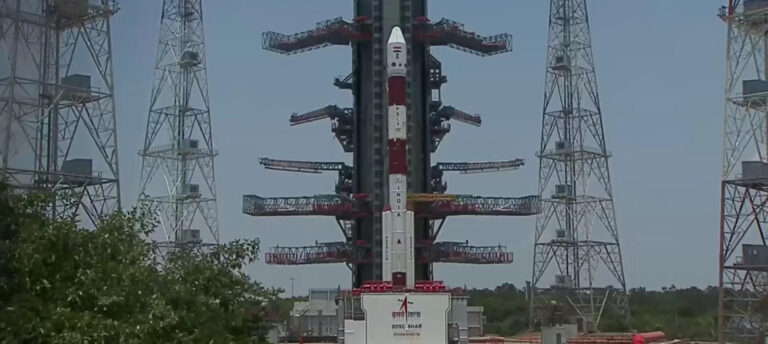RED ALERT: 7 Signs that we are in Economic Crisis | 7 Signs that we are in Stock market Crash
7 Signs that we are in Economic Crisis | 7 Signs that we are in Stock market Crash
Today we are going to do a deep dive into the 7 Signs which are hinting towards the potential concerns of Great Depression. In this every evolving world of Finance and economics, it is very crucial to be up-to-date with the health of our economy so that we can plan accordingly and be prepared for any economic downturn which will affect us negatively.
Let us explore 5 Indicators that are sending us warning signs about Economic Crash and Stock market crash.
Table of Contents
1: Household Running out of saving
The very first sign of trouble in any economy is common household running out of their savings. If we monitor historical data and trends, before every economic depression, we can see households running out of their money.
The latest example of the same can be seen during 2020’s Pandemic crises, where we saw all the accumulated savings by the common households was eroded quickly due to closed economy and this left households ill-prepared to tackle the upcoming economic storm.
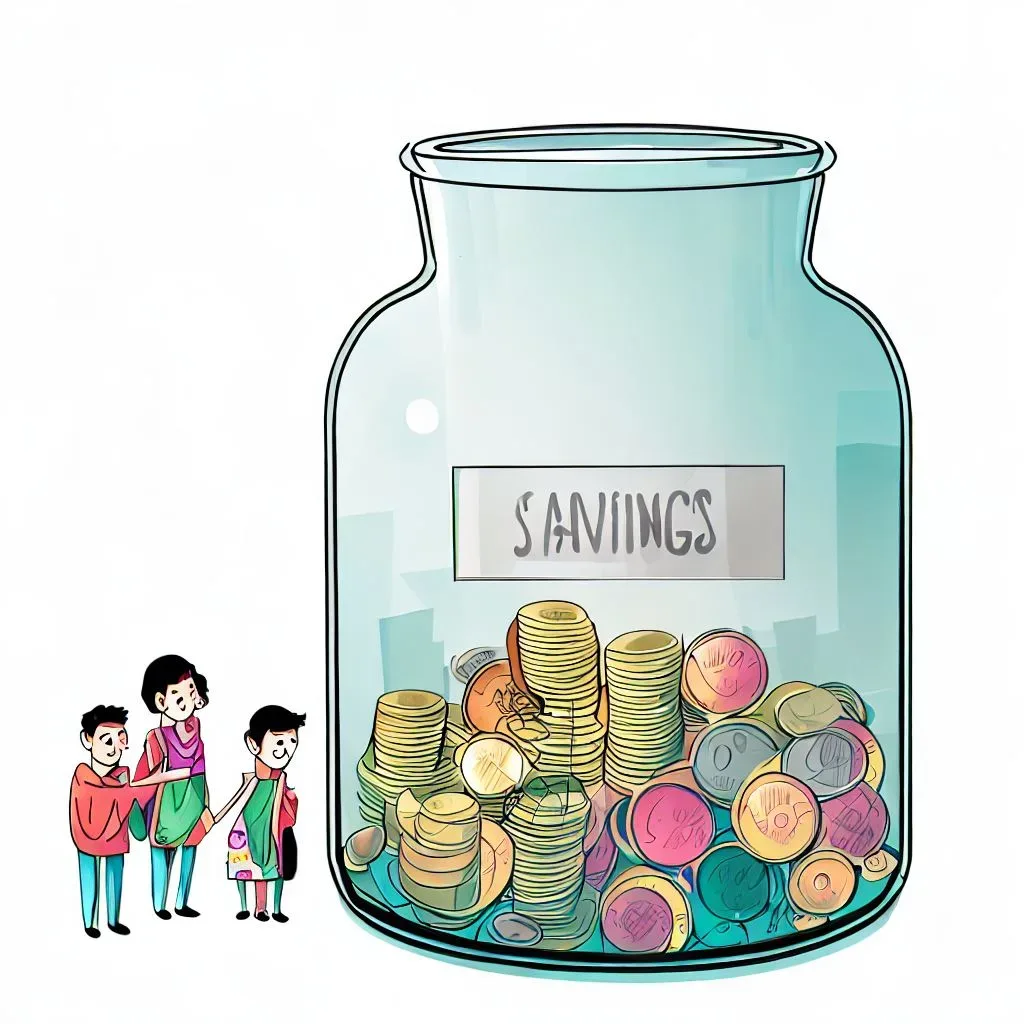
This situation was made worse as US Fed supplied the market with infinite money supply which caused inflation to touch historical highs and this greatly decreased the purchasing power of the household’s savings.
2: Student Loan Repayment Resumes
Student Loan Repayment Resumes for the first time in more than 3 years, federal student loan borrowers will be required to start paying their monthly student loan bills starting from October.
This change in policy will create additional financial stress to an individual who were previously relieved from this re-payment obligation.

This deadly combination of reduced household savings, increased costs of payments and high inflation will lead to contraction in consumer spending which will in-turn contribute in deteriorating economic conditions for US economy and will have its ripple effects on the World economy.
3: Rise in Interest rate
US FED has raised their interest rates and are now at historical highs as compared to last 22 years. This means cost of borrow of funds is now very high as compared to previous years. Companies are facing tough times to survive in this economy due to increased inflation, low demand for their goods and services and ever deteriorating margins with high cost of funds.

This has caused companies to struggle for their survival and take tough decisions for their survival, such as reduce in number of operating areas, reduce headcount of their workers by layoffs, reduce in wages and salaries of their employees.
As per September 2023, FED has targeted Interest range between 5.25%-5.5%.
4: US Employment Crises
With ever increase in Interest rates in the US economy, companies have moved their focus from Growth oriented approach to Survival approach.
As cost of funds are now higher, i.e. borrowing cost at all-time high, companies are more focused to reduce their burden by reducing the costs. This change in vision, has affected negatively in the employment sector.

In previous years, where interest was at historical low and cost of funds was negligible companies wanted the best talents and passed the benefits to employees by offering them high salaries and wages but with trend being reversed companies have decided to cut down on wages drastically, reduce starting salaries for new employees and conduct layoffs
5: Low Demand
As we have seen employment crises and unfavorable Job market conditions in US Economy, individuals have low confidence in their upcoming employment status and will decide to cut down their expenditure on non-essential goods and services.
This will have ripple effect on US Economy by reducing the demand for good and services to improve their house hold savings.
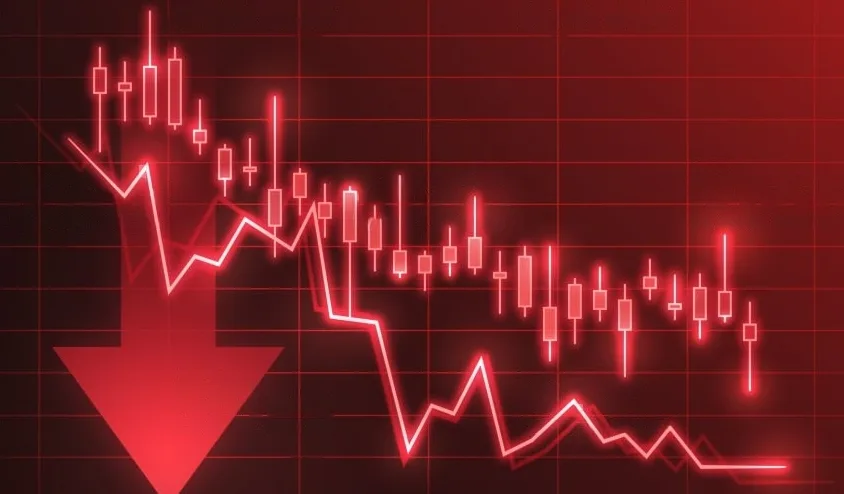
Such move from demanding goods and services to focusing on saving in households will reduce their disposal income and will reduce overall demand in the economy and will affect US GDP.
6: Rise in Default Rate for Corporate Loans.
Corporate loans have shown signs of stress as majority of the loans have variable interest rates, their loan structure gets updated with latest interest rate changes. With constant rise in interest rates in the economy, the loan liability of individuals have drastically increase forcing them cut down on other expenditures to pay their increased loan liability.
To summarize, most Corporates have accumulated massive loans during the pandemic period with historically low interest rates, as interest rates climbs, their interest payment have increased and affected their financial stability, potentially leading them to default and spreading fear in economy.
7: Increase in Credit card and Auto Loan interest rates

We have seen Credit Card and Auto loan’s Delinquency rates are on steep rise. This means, if someone defaults on their payment of the Credit card or auto loan payment on time, they will have to bear a heavy penalty rate on their defaults. This change signifies that individuals are struggling with their finances and have higher probability to miss their payment cycle and default on their payments.
As per New Your Fed report, delinquency rate for Credit cards in at 7.2% in the second quarter of the year. This rate is up from 4.8% from the previous financial year. The financial strain on individuals have ignited individual’s financial stability and reduced consumer demand

